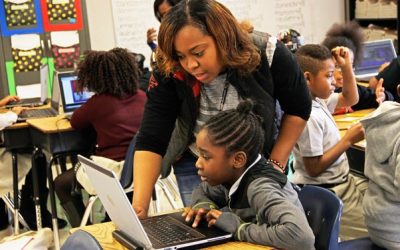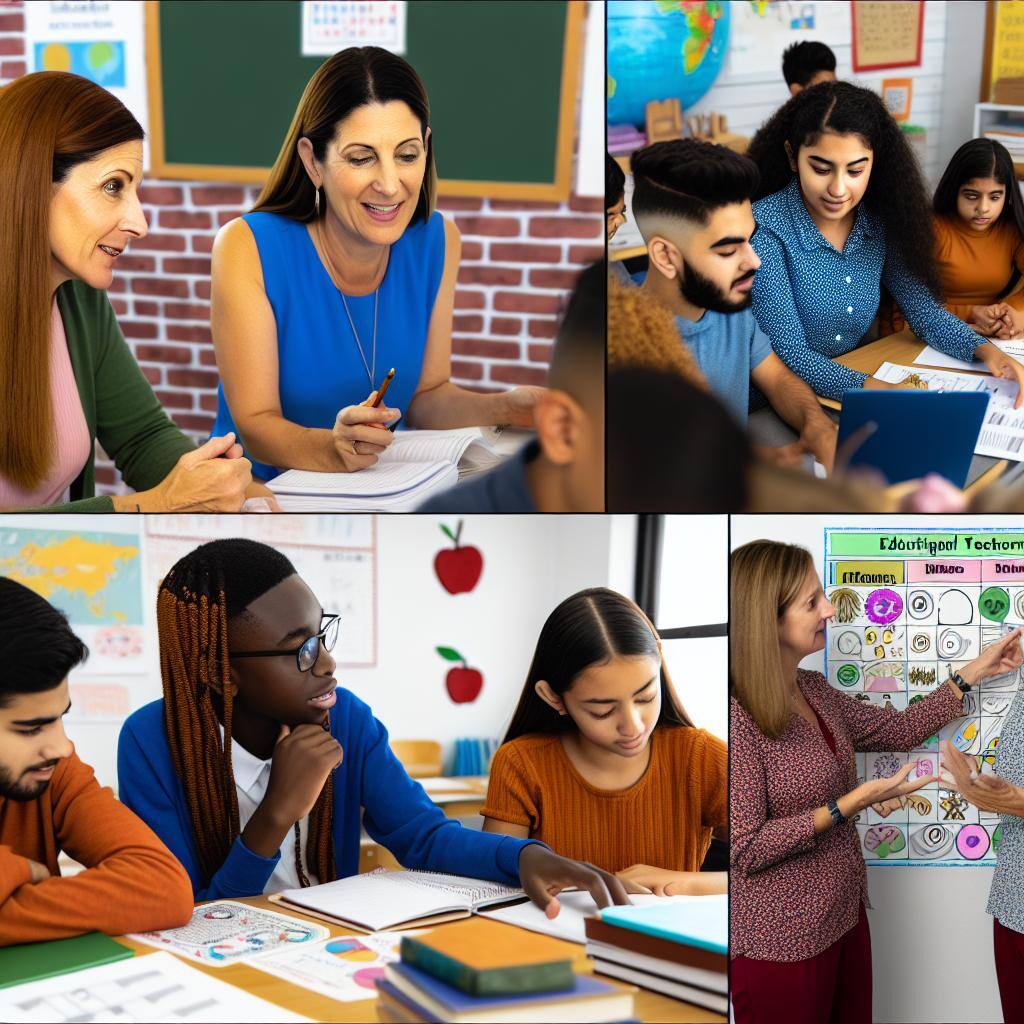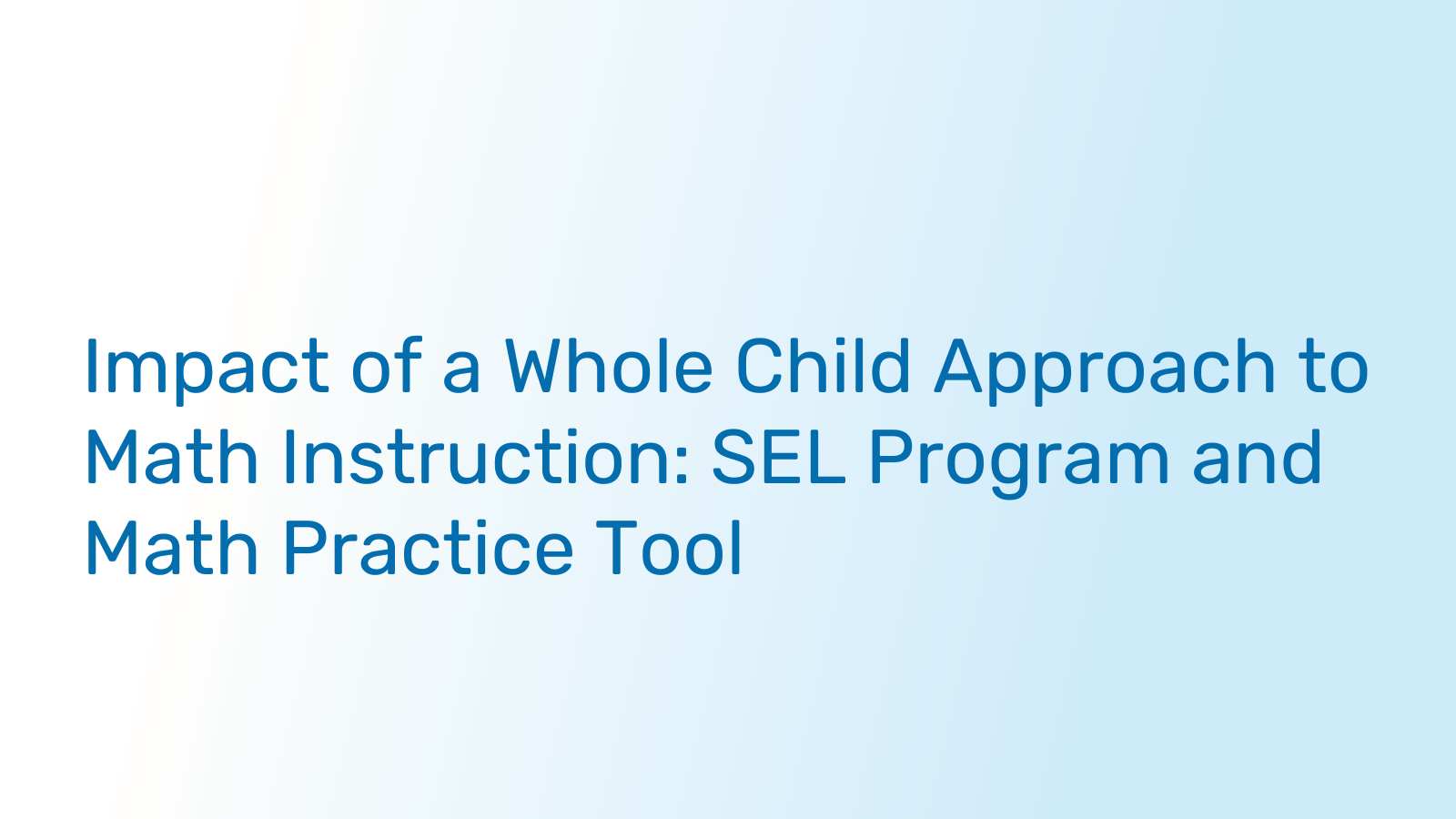3 Best Practices for Leaders to Integrate SEL into Instruction
In the fall of 2021, the staff of the Jeanne R. Meadows Elementary School became deeply concerned about their students’ learning loss and social-emotional health. Meadows—a Title I district school in Franklin-McKinley School District in San Jose, California—had been impacted by the pandemic, the economic downturn, and the political and racial unrest.
To address their challenges, Principal Magdalena Moore sought an evidence-based, integrated approach Meadows and chose PowerMyLearning’s Nurture Student Growth Through Social Emotional Learning program.
The program builds capacity for both educators and families to motivated learners equipped with tools to manage their own emotions and develop positive relationships with others—all within the context of learning.
As a result, the school improved student behavior, strengthened SEL skills, and saw a statistically significant difference in the proportion of students who exceeded or met district math and reading benchmarks.
With support from PowerMyLearning, Principal Moore implemented several best practices to achieve these wins. Keep reading to learn the three best practices for integrating SEL into instruction at your school or district!
1. Create flexible PD structures to build teacher capacity and autonomy.
- Align learning opportunities to school and district priorities and to teachers’ individualized areas of growth.
- Offer bite-size professional learning vs. day-long sessions (e.g., 60-minute workshops, short coaching sessions).
- Create a culture of regular self-reflection, discussion, and planning within PD and coaching sessions.
- Provide 1:1 or small-group coaching after each workshop or PD session where teachers identify specific practices they want to try and build on.
2. Prioritize creating relationship-centered classroom environments across your schools.
- Developed intentional practices that foster students’ sense of belonging.
- Demonstrate how to restore relationships and provide regular opportunities and encouragement to do so.
- Provide multiple, regular opportunities for students to exercise agency over their own learning.
3. To create allyship in student learning, prioritize learning and activities for teachers and families to build trust in order to support students.
- Create multiple channels for teachers and leaders to listen to families.
- Create intentional spaces for families to share and learn from one another.
- Provide opportunities for teachers to build their capacity to engage families in ways that are linked to student learning.



